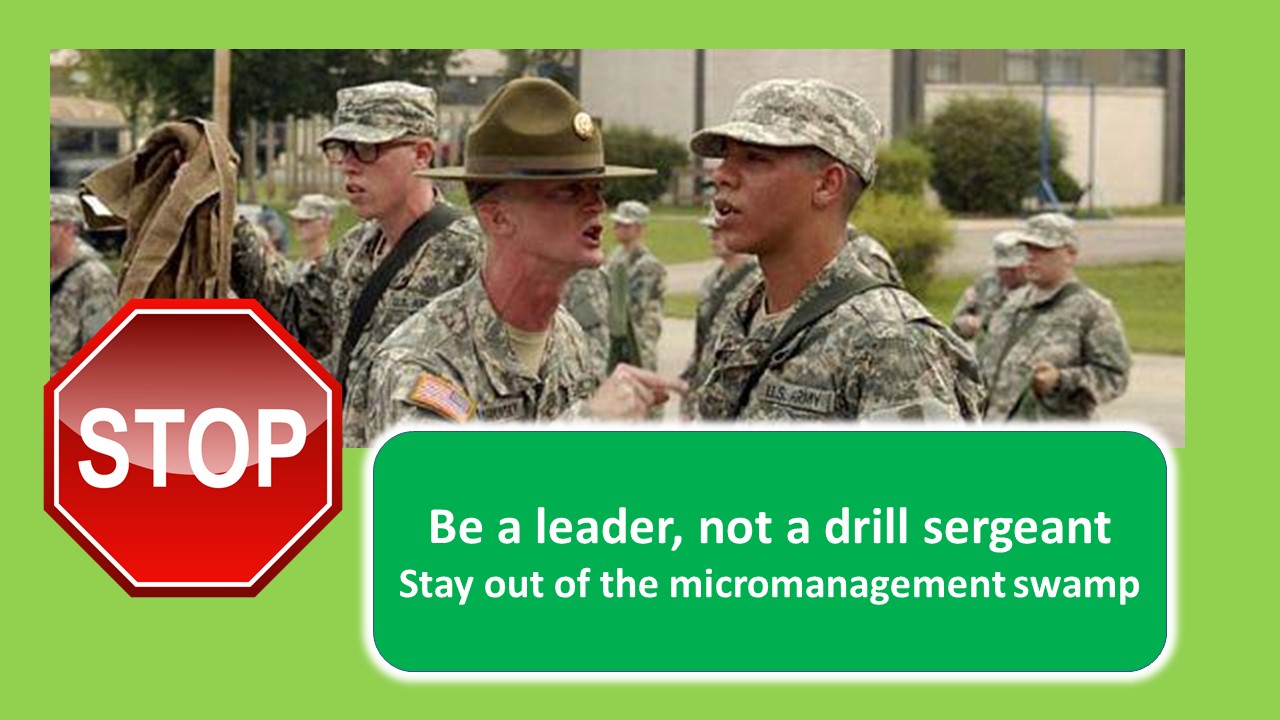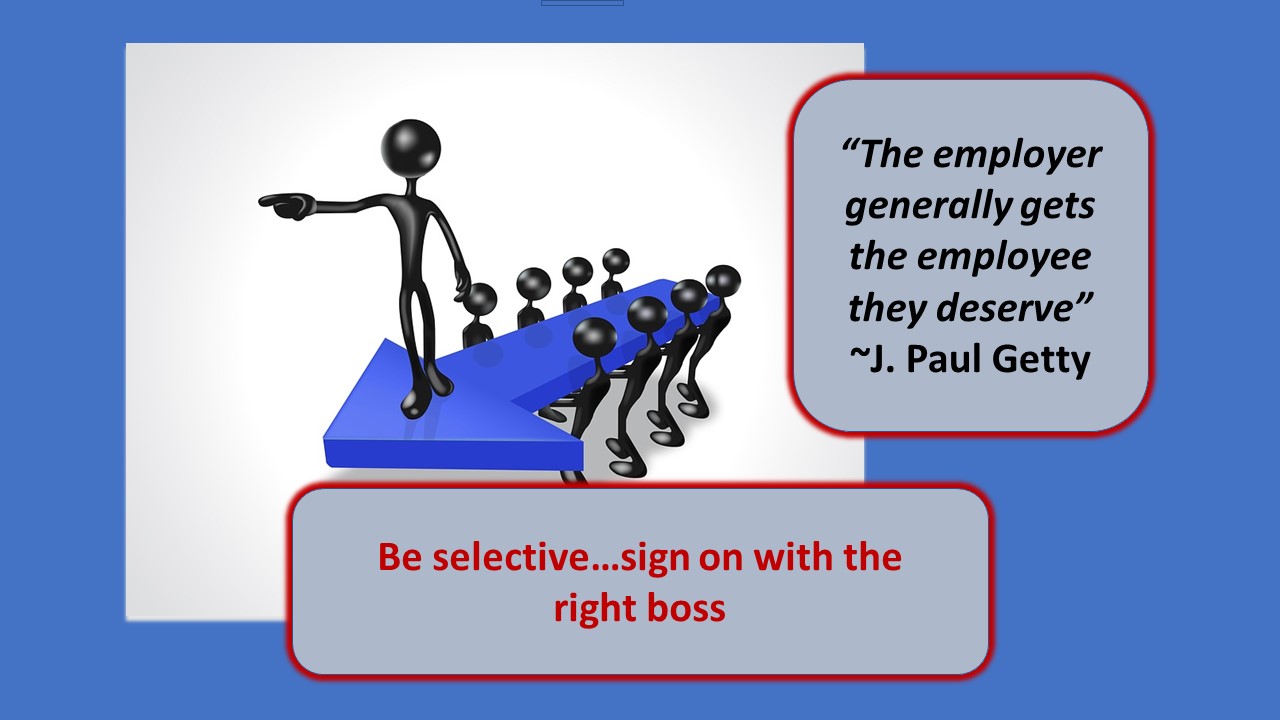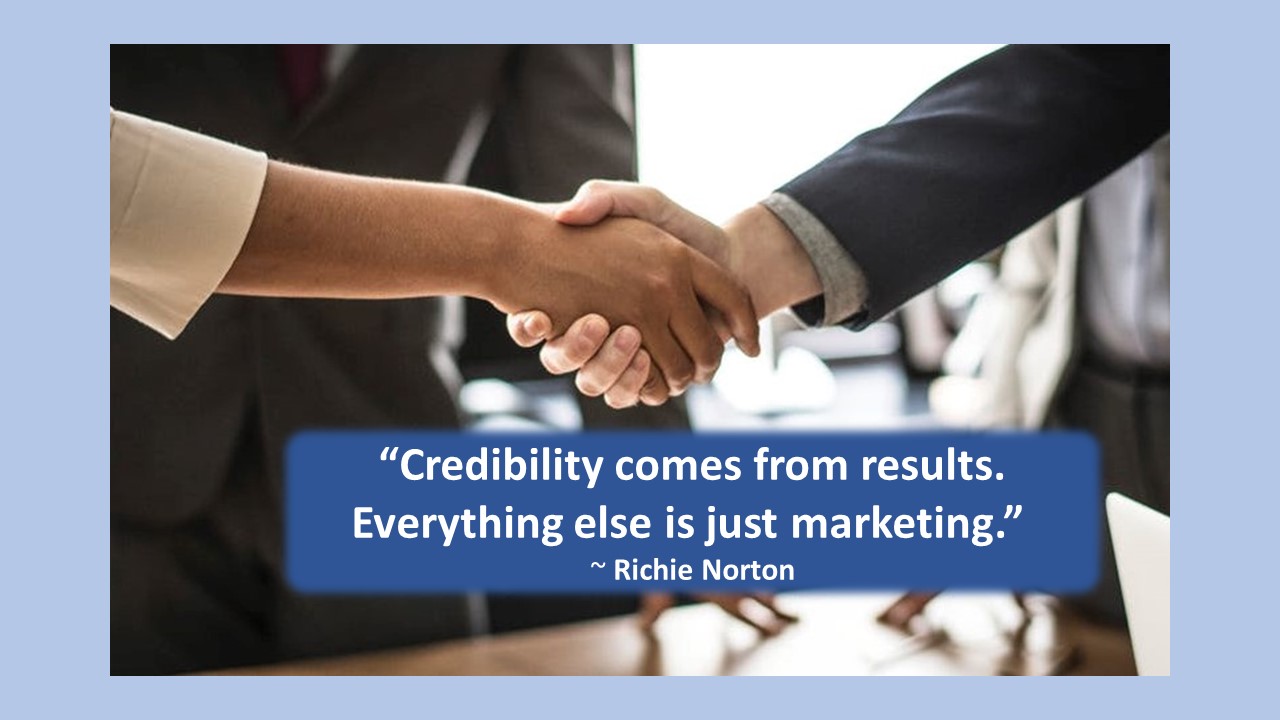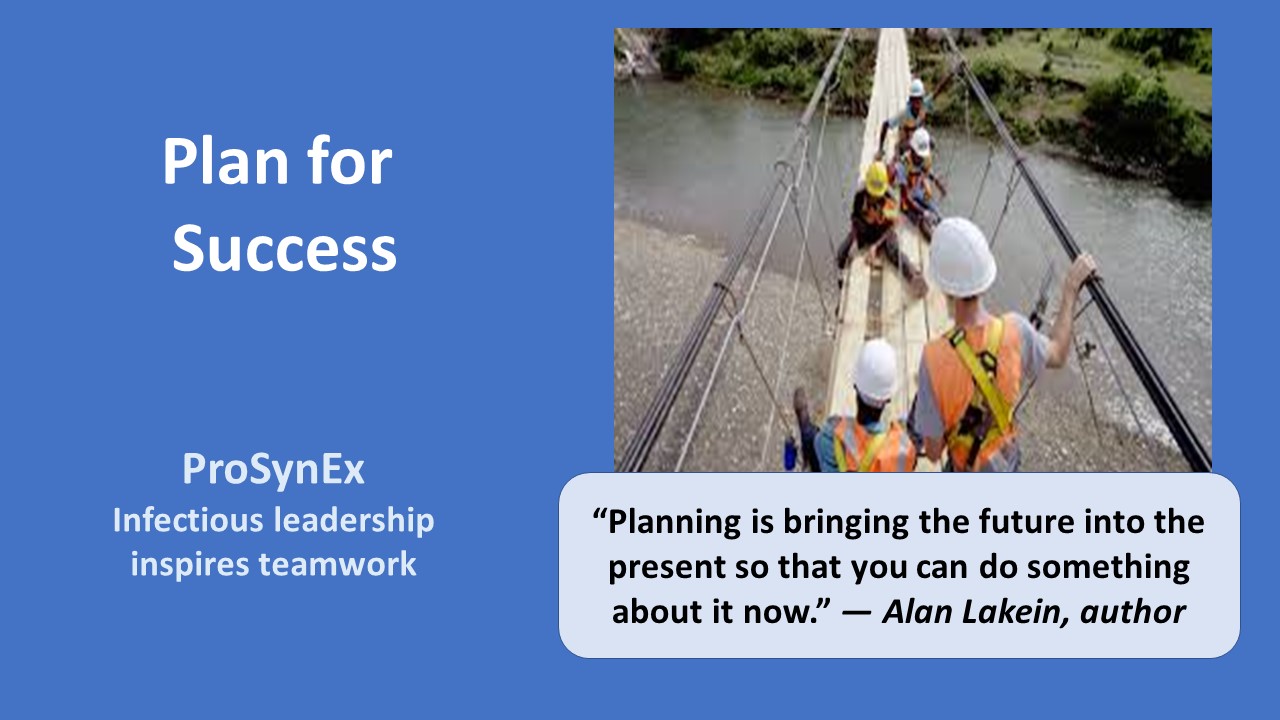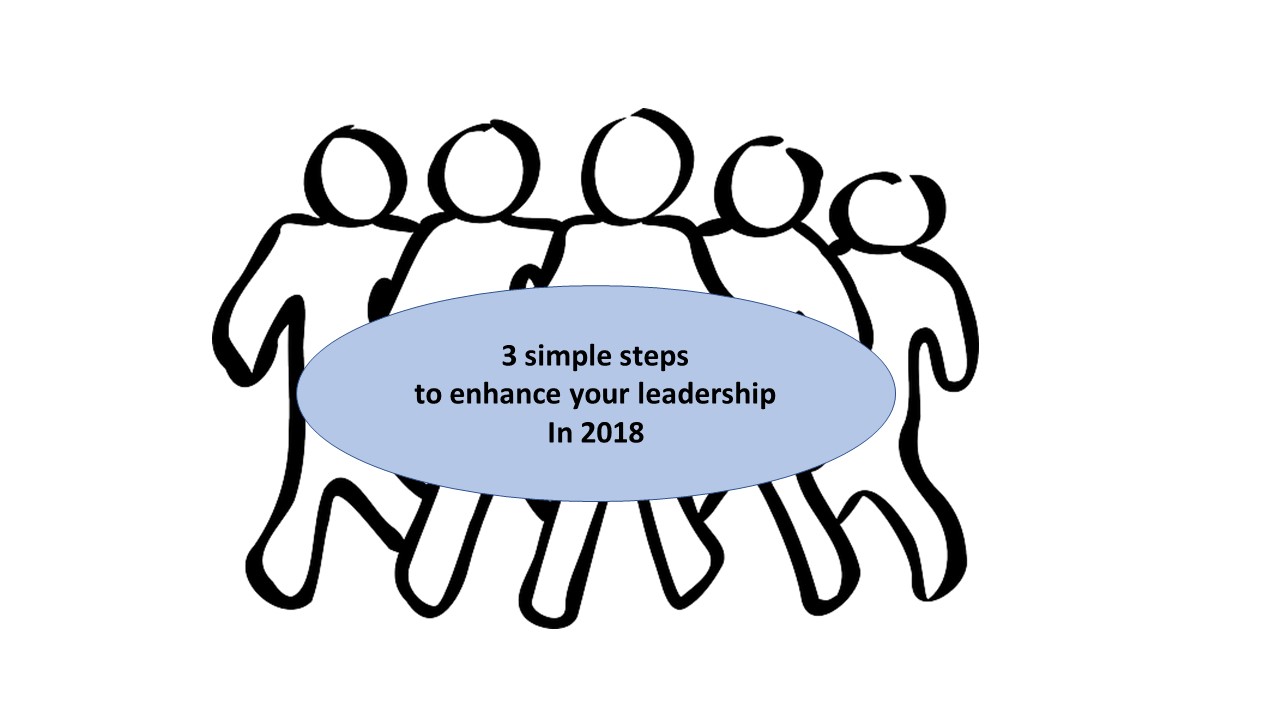By Thomas Davis, DNAP, MAE, CRNA
Follow @procrnatom on twitter
Last week a headline in the Linkedin daily update caught my eye; Millennials are experiencing job burnout at a high rate. My initial gut response was; “Really? You are too young and it’s too early in your career to be burned out.” When I stepped back and considered the topic, I realized that burnout is not tied to advanced age or a person’s position in the chain of command. “The physical or mental collapse caused by overwork or stress” is the full-blown Webster definition of burnout, and it can happen to anyone at any stage of his/her career, including millennials.
I recall talented athletes from my youth with parents who thought that with a little more effort, their kid would be wearing Olympic Gold. Even after Betsy upped her gymnastics practice to four times per week and Jason increased his swimming to two-a-days, neither made it to the Olympics. Both young people longed for high school graduation, not for the diploma, but for the termination of the unreasonable expectations for achievement. In short, what began as fun turned into a physical, mental obsession that took its toll and left both individuals flat, weary, and burned out.
Employee burnout is real, unrelated to age or years of experience and the affect can be devastating to both the employee and the employer.
Young workers are fresh out of college, excited to start a career and eager to pay off student debt. Most intend to pull their weight on the team and want to earn respect for ability and tenacity. What they find is a workplace that welcomes their enthusiasm by piling on the long hours, offering advancement by combining two jobs into one, and frequently offering inadequate support. Many young workers are running out of the energy that got them hired in the first place.
Burnout arises from unrealistic expectations and can happen when production pressure becomes excessive. Sometimes the burden is placed on the individual by the organization and other times the individual places unrealistic expectations on him/herself. Either way, as the burden becomes unbearable, the victim breaks internally and does one or both of two things: He/she pauses to refresh and/or moves on to a different job. Writers at Workplace Strategies for Mental Health identify the following as personal perceptions or actual causes of professionals becoming burnout victims.
- Expecting too much of themselves
- Never feeling that their work is good enough
- Frequently feeling inadequate or incompetent
- Feeling unappreciated for their work efforts
- Working in a role that is not a good fit
Pushing employees beyond their mental or physical limit has consequences. In addition to fatigue, stress and anger/irritability, other health issues may develop. For the employee, high blood pressure, heart disease and type 2 diabetes are correlated with burnout as well as alcohol and substance abuse. Consequences for the employer include high employee turnover and the financial cost of filling vacant positions. Overall, there is a loss of productivity and a general deterioration of morale among the work group.
Extinguishing burnout is a shared responsibility and there are actions that both the worker and the leader can take to cool the embers.
What the worker can do
Ultimately, it’s up to you to monitor your stress level and make changes before falling victim and externally acting out at work or internally developing a physical illness. The Adult Health Department at the Mayo Clinic offers you these suggestions for assessment or prevention.
- Evaluate your options both with your current job and finding a new employer.
- Seek support from co-workers, friends, family or professional counselors.
- Engage regularly in a relaxing activity such as yoga or meditation.
- Exercise consistently to help you better deal with stress.
- Value your sleep and let it restore your well-being.
- Develop friendships with one or two colleagues at work.
- Become mindful of your activity, energy, and feelings every moment.
Creating a culture of burnout is opposite of creating a culture of sustainable creativity…This mentality needs to be introduced as a leadership and performance-enhancing tool.
~Ariana Huffington
What the leader can do
There several behaviors that can be incorporated into your leadership style to take the fan off the flames and prevent the fire. Combined, all will elevate team morale, boost productivity and improve employee retention.
- Provide clear expectations and ensure that they are understood by workers.
- Make sure that expectations are reasonable and align with priorities.
- Furnish necessary resources including the training required to meet expectations.
- Enforce fairness in reasonable work hours including sending people home on time.
- When overtime can’t be avoided, mandate that those who work extra hours are given time off to recoup.
- Utilize mentoring and professional development to create a sense of personal value for the worker.
- Strongly encourage breaks at work away from the workplace.
- Encourage friendships and social support among the group.
- Provide a sense of purpose by linking employee tasks to the greater mission of the organization.
- Encourage physical activity by planning stretch breaks at work, encouraging gym memberships, and arranging group activities away from work.
- Encourage employees to use rather than save their vacation time.
- Know your team and adjust your leadership to a style that fosters collaboration.
Employee burnout is a very real equal-opportunity threat. Both the high school swimmer doing two a day workouts and an ICU nurse working 4 twelve-hour shifts per week (and being kept over at the end of the shift) can easily perceive that the work is never ending and whatever they do is not enough. Whether it’s a monster workload, a paucity of resources, or sense of being overwhelmed and isolated, burnout is a constant threat best addressed by frontline leaders who are directly linked to the team. Sometimes, the quick solution can be as simple as showing you care by providing resources and giving compliments where appropriate. The long-term remedy, however, must involve an emphasis on physical and mental well-being while instilling a sense of purpose and worth in each worker.
What was once thought to be the consequence of being in a job too long is now known as a threat to workers at any age or stage of their career. The cure for burnout starts with self-awareness within the employee and a commitment by leadership to create a climate where the workload is reasonable, resources are available, and employees gain a sense of self-worth from the work they accomplish. Look beyond the crisis of the day and treat workers today in a manner that leaves them fulfilled and wanting to return tomorrow.
Tom is a noted author, speaker, leadership developer and dedicated clinical anesthetist. Contact tom@prosynex.com to book a speaking engagement.




